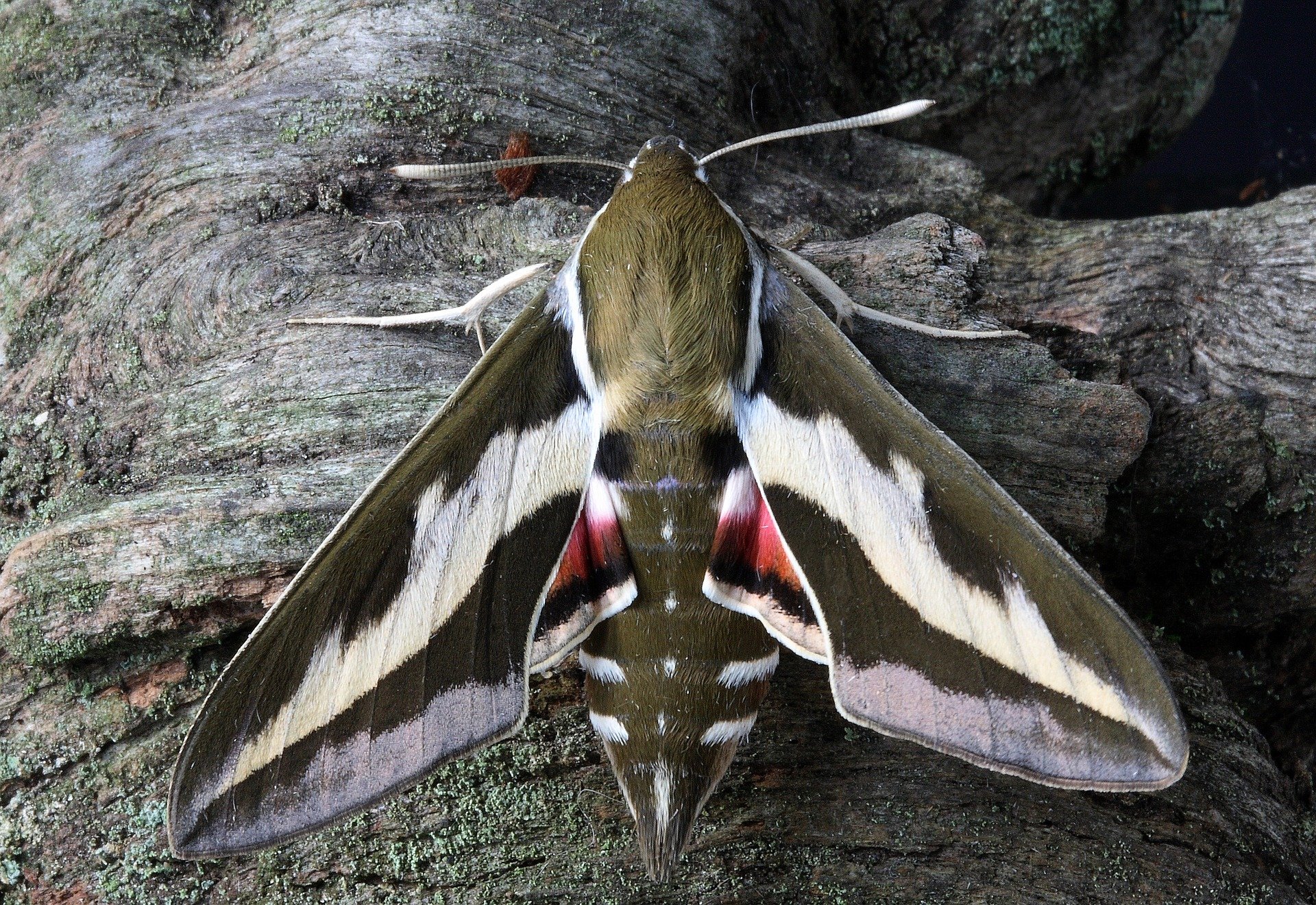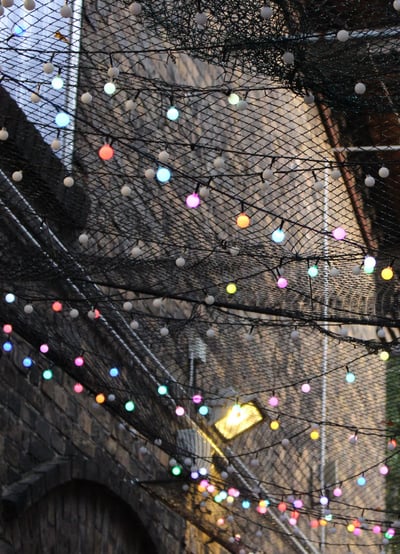
To us dark-defying humans, flipping on a light at night is as natural as eating or breathing. Unfortunately, it is incredible unnatural for many animals that rely on darkness to thrive.
It’s easy to go through daily life ignoring our surroundings, especially our external environments when we’re cozied up inside for the night.
Garage lighting? What of it? You don’t want someone to steal the basketball hoop, after all.
Office buildings lit up like Christmas trees all night long? Well, of course! We wouldn’t want miscreants to get the wrong idea – and plus, that skyline looks awfully pretty.
Problem is, the massive amount of light we put out each night is a form of pollution. In addition to obscuring a beautiful night sky, it confused birds and other animals that travel, eat or live their lives after the sun goes down. It’s seriously disruptive to our urban ecology.
We need to do something about it, and now.
 Why Is Nocturnal Lighting an Issue?
Why Is Nocturnal Lighting an Issue?
This discussion isn’t as new as you might think, with institutions such as the field museum putting out reports as far back as 2002 stating that lights-out efforts in office buildings can reduce deaths from bird strikes by 83 percent.
Luckily, the issue is no longer languishing in the dark. (Or the extremely bright lights, if you will.)
As the Florida Fish and Wildlife Conservation Commission explains, “Lighting pollution is a serious threat to many types of wildlife. Each year, artificial lights cause disruption of behavior, injury and death to thousands of migrating birds, sea turtles and other reptiles, amphibians, and mammals, and invertebrates.”
New research also indicates that light pollution may threaten our food system as well:
“A group of scientists from Switzerland has identified light pollution as a previously unknown threat to nocturnal insects (beetles, moths and flies) vital in the pollination of crops and wild plants."
Needless to say, that's no good.
How Can We Minimize the Impacts of Nocturnal Lighting?

“First and foremost, there is simply NO SUBSTITUTE FOR NATURALLY DARK HABITAT,” says the FFWCC, proving that all caps are an important stylistic tool, even in government communications.
This also points to the easiest step we can take to undo some of the destruction we’ve wrought on naure’s creatures:
“Turning out unnecessary lights is the simplest, most effective, and most energy efficient solution to this issue.”
Not using a light? Turn it out, for crying out loud. When you leave your office, go dark. If you manage buildings or office parks, set automatic lights-out times. That way, people can flip them back on when they need to – but the resting state is nighttime. Sometimes, of course, lights are just necessary.
For such times, many companies have developed fixtures that conform to the FFWCC’s rigorous safety standards. Of those, many also offer a broad product line that can compete with the range of styles and options available from traditional lighting suppliers.
Curious? Check out FXLuminaire and FC Lighting. Both offer non-disruptive amber lighting, and can retrofit existing systems and fixtures to minimize expense and retain the current aesthetic.
What Are the First Steps?
While it might sound a little pat, the first step is simply deciding to do something. If you feel equipped to install wildlife-safe amber lighting yourself, go for it.
If not, speak with an expert who can advise you on the installation of better lights or the retrofitting of your current options.
Ecogardens, for one, would love to help, so feel free to give us a ring today.

